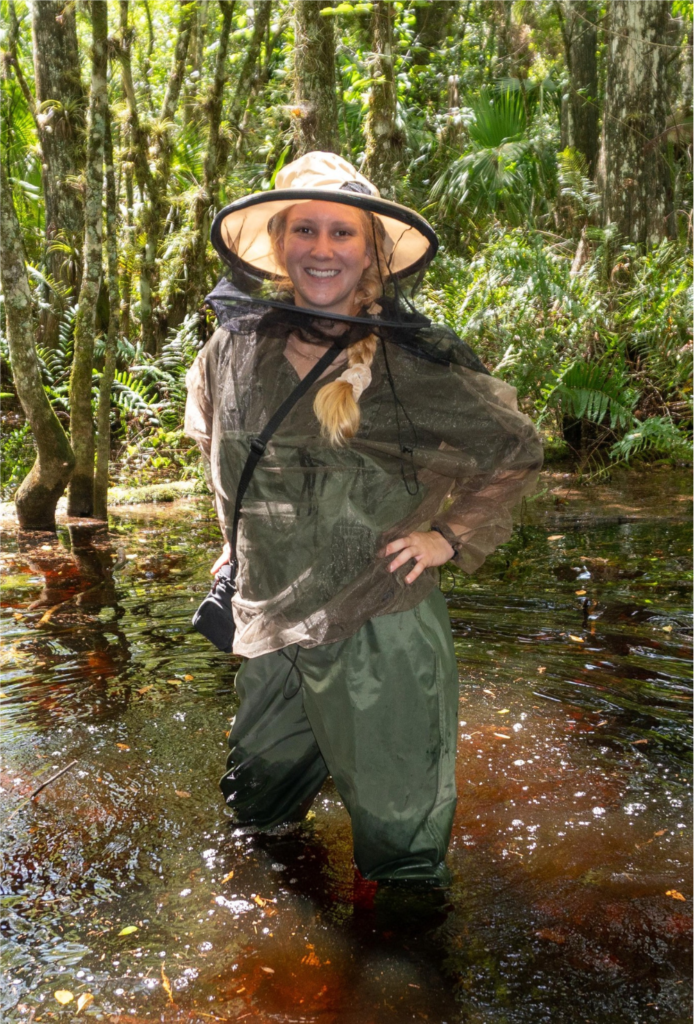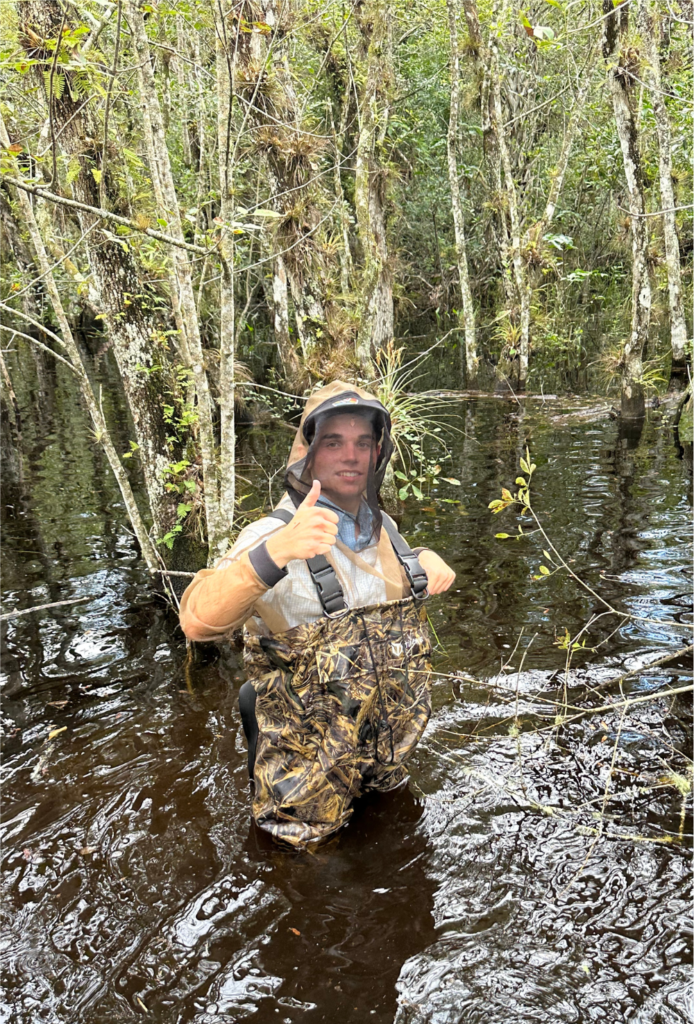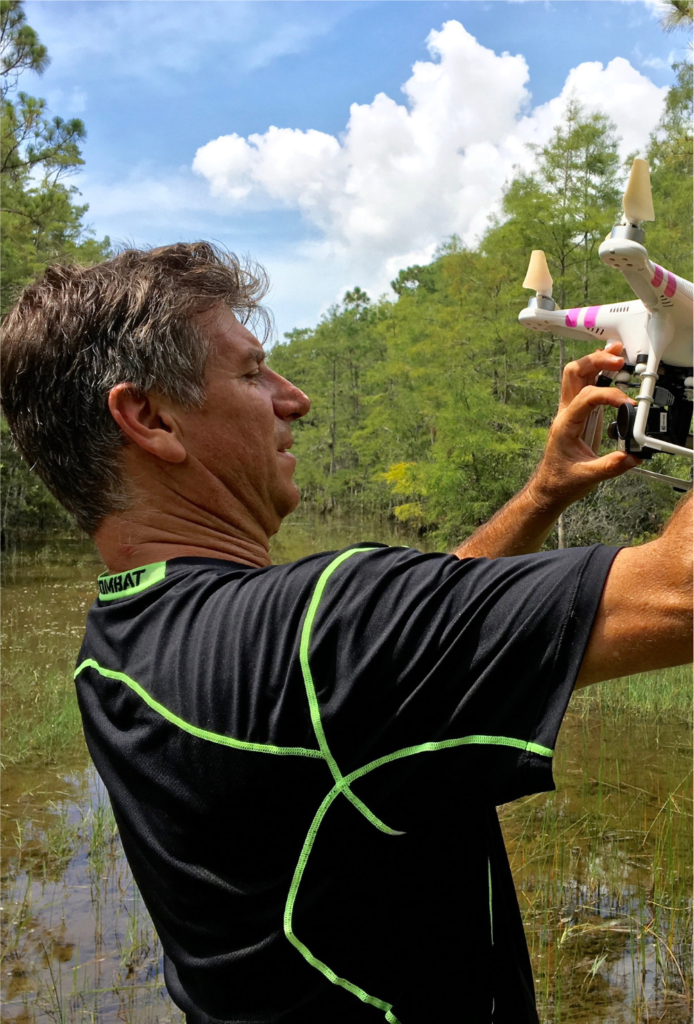[fusion_builder_container type=”flex” hundred_percent=”no” equal_height_columns=”no” menu_anchor=”” hide_on_mobile=”small-visibility,medium-visibility,large-visibility” class=”” id=”” background_color=”” background_image=”” background_position=”center center” background_repeat=”no-repeat” fade=”no” background_parallax=”none” parallax_speed=”0.3″ video_mp4=”” video_webm=”” video_ogv=”” video_url=”” video_aspect_ratio=”16:9″ video_loop=”yes” video_mute=”yes” overlay_color=”” video_preview_image=”” border_color=”” border_style=”solid” padding_top=”” padding_bottom=”” padding_left=”” padding_right=””][fusion_builder_row][fusion_builder_column type=”1_1″ layout=”1_1″ background_position=”left top” background_color=”” border_color=”” border_style=”solid” border_position=”all” spacing=”yes” background_image=”” background_repeat=”no-repeat” padding_top=”” padding_right=”” padding_bottom=”” padding_left=”” margin_top=”0px” margin_bottom=”0px” class=”” id=”” animation_type=”” animation_speed=”0.3″ animation_direction=”left” hide_on_mobile=”small-visibility,medium-visibility,large-visibility” center_content=”no” last=”true” min_height=”” hover_type=”none” link=”” border_sizes_top=”” border_sizes_bottom=”” border_sizes_left=”” border_sizes_right=”” first=”true”][fusion_text columns=”” column_min_width=”” column_spacing=”” rule_style=”default” rule_size=”” rule_color=”” content_alignment_medium=”” content_alignment_small=”” content_alignment=”” hide_on_mobile=”small-visibility,medium-visibility,large-visibility” sticky_display=”normal,sticky” class=”” id=”” margin_top=”” margin_right=”” margin_bottom=”” margin_left=”” font_size=”” fusion_font_family_text_font=”” fusion_font_variant_text_font=”” line_height=”” letter_spacing=”” text_color=”” animation_type=”” animation_direction=”left” animation_speed=”0.3″ animation_offset=””]
October 30, 2019
A stand-off between Florida’s Indian tribes and the U.S. Army Corps of Engineers is threatening to derail work to restore more than a half million acres of swamps and marshes.
On Tuesday, the Corps’ commander who oversees Everglades restoration announced that he was terminating the project, which would fix the plumbing on tribal land and part of the Big Cypress National Preserve. Col. Andrew Kelly said at a Washington D.C. meeting held annually to monitor Everglades progress that the two sides had reached a stalemate over old hunting camps the government wants to acquire in order to flood and restore the land.
But the tribes say the Corps is unfairly trying to push Indians off their land.
“We’ll just raise the camps higher. So it’s not necessary to take the lands away from people,” said Gene Duncan, water resources director for the Miccosukee Tribe.
Duncan complained federal officials had tried to work around laws that forbid the federal government from taking the camps – which predate the creation of the preserve – by having the state buy them.
“The Indians were guaranteed a right to stay in the preserve. And the same thing is true with some of the hunting camps in there,” he said.
The tribes have waged a long war to repair their land after the federal government began draining South Florida for development. In the 1990s, the Miccosukee Tribe won a landmark federal lawsuit to stop polluted water from flowing into marshes.
But work has been slow. Parts of the Seminole reservation that should be flooded remain too dry. And canals that flow from the north continue to dump water with high amounts of phosphorus that choke sawgrass marshes with cattails on the Miccosukee reservation.
When the Seminole tribe complained to the Corps about the need for more water, the agency said it didn’t have the data it needed to make changes, Patty Power, an attorney representing the Seminole Tribe, said Tuesday.
“We really weren’t very happy with that answer, as you might imagine,” she said.
That led to the western Everglades project. Restoring the area was part of the original plan that laid the groundwork for the 2000 Congressional act that created the largest water restoration project in U.S. history. But planning didn’t begin in earnest until 2016.
Under a Corps’ policy designed to speed up projects often mired in bureaucracy, the plan was supposed to be finished in three years and cost no more than $3 million. On Tuesday, Kelly said he was in danger of missing that deadline.
“The requirement I’ve got is to identify the fact that we can get this done,” he said. “And at this point right now, I think there’s too many red lines.”
The camps along the Tamiami Trail and in parts of the preserve where more water would flow, remain the chief sticking point.
Duncan said tribal members also remain wary of the Corps over another project to restore land to the southwest that was drained for the Golden Gates development in the 1960s. For that project, Collier County seized tribe-owned land through eminent domain over tribal objections to flood more than 800 acres while leaving other parts dry, he said. Because the tribe’s constitution forbids it from selling Indian land, he said the money the government paid has never been spent.
“We’re talking about environmental justice here,” he said. “The Indian land gets condemned and taken away. Non-Indian land gets flood protection.”
To try to salvage the project, on Tuesday the task force agreed to take over negotiations and work out a deal. Ron Bergeron, who represents the South Florida Water Management District on the task force, also offered to have the state take over planning efforts. The arrangement would be similar to a deal struck when the state took over planning for an Everglades reservoir that it wanted fast-tracked to try to end repeated algae outbreaks triggered by polluted discharges from Lake Okeechobee.
“It’s extremely important that the planning continues to go forward in the Big Cypress,” Bergeron said, without violating terms of the 1974 law that created the preserve. “Honor the culture, honor the heritage and the roots and the identity.”
[/fusion_text][/fusion_builder_column][/fusion_builder_row][/fusion_builder_container]












